Good Non-Polar Solvents That Aren’t Very Hazardous
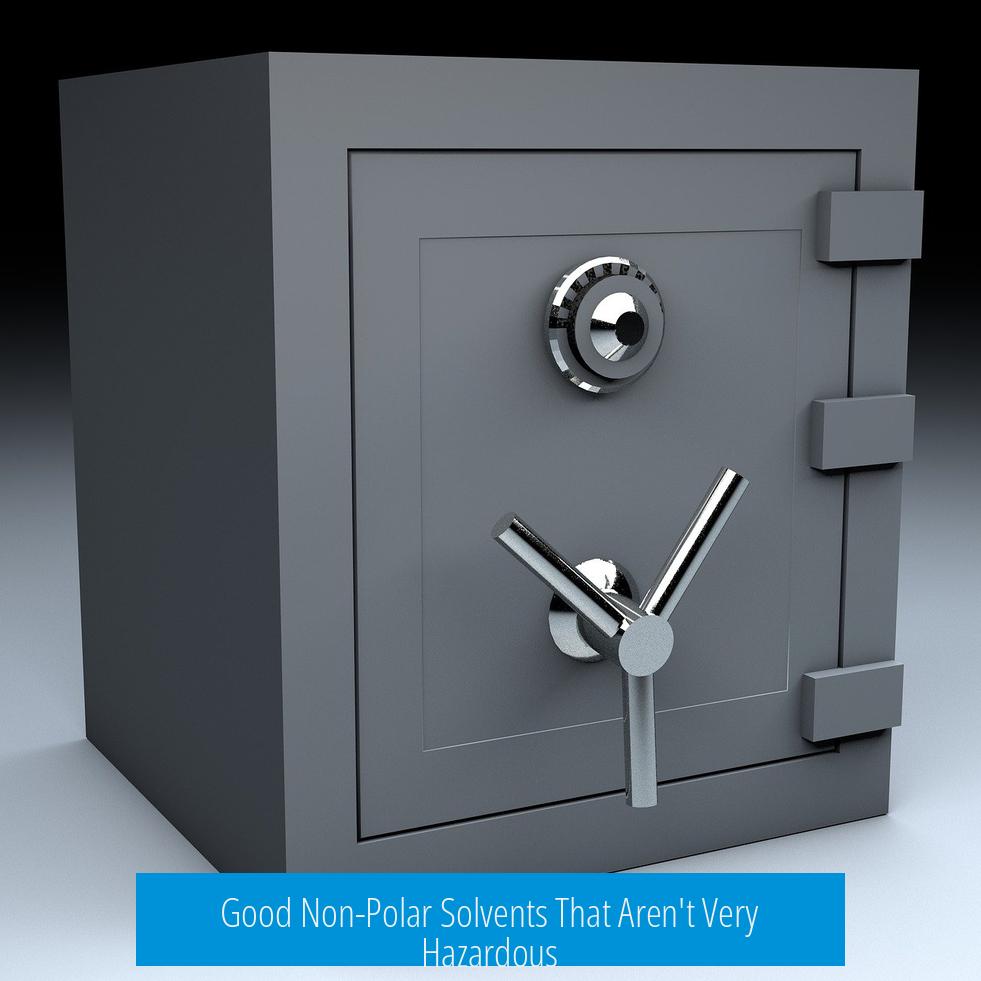
Several non-polar solvents offer reasonable performance while presenting lower hazard profiles. These include heptane, kerosene, mineral spirits, and certain petroleum fractions, which balance efficacy and safety better than highly toxic or extremely flammable options.
Common Non-Polar Solvents and Their Hazard Profiles
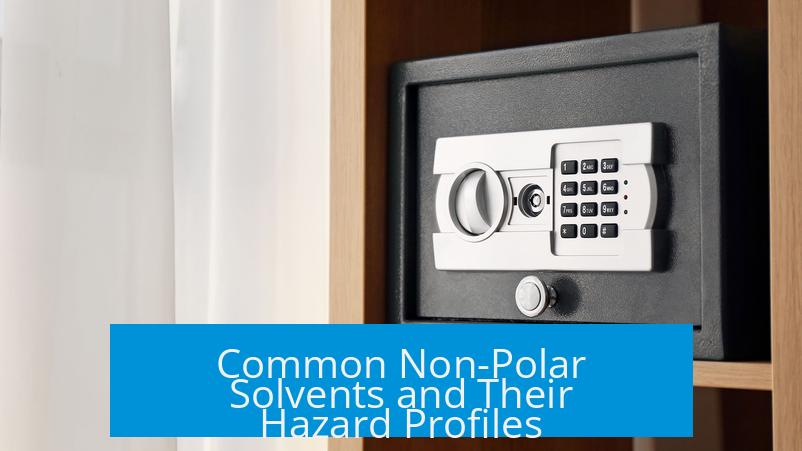
- Heptane: This solvent serves as a popular choice for non-polar applications. It is less toxic compared to chlorinated solvents and has moderate flammability. Heptane suits chromatography and extraction tasks.
- Kerosene: Kerosene is cheap and easy to obtain. It features a relatively high boiling point and low vapor pressure, which reduces inhalation risks. However, it is flammable and must be handled with care.
- Mineral Spirits: Similar to kerosene, mineral spirits are mid- to high-boiling petroleum solvents. They are used where higher boiling points are necessary. Their toxicity is moderate, and they exhibit flammability.
- VM&P Naphtha: This petroleum distillate with boiling points between 120-180°C provides good solvency. It has better safety compared to some aromatics but is still flammable.
Aromatic Hydrocarbons and Chlorinated Solvents
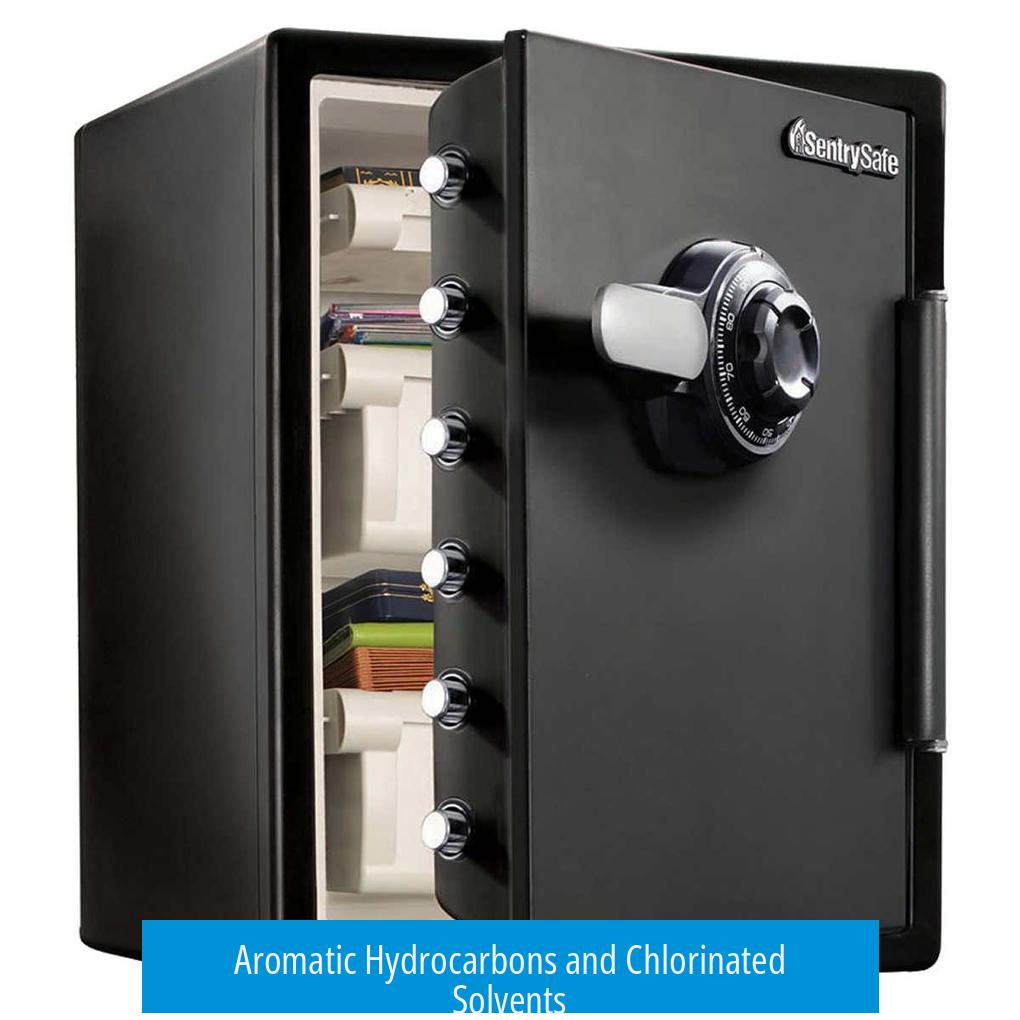
Toluene and xylene are effective non-polar solvents but have notable drawbacks. Xylene has an unpleasant odor and a high boiling point, which could limit its use. Toluene possesses moderate toxicity and flammability. Dichloromethane (methylene chloride) is non-flammable but presents significant toxicity risks, requiring strict exposure controls.
Polarity and Safety Trade-Offs

Strictly non-polar solvents tend to be hydrocarbons, which usually exhibit flammability hazards. On the other hand, polar solvents like acetone and ethyl acetate are less hazardous and relatively safe but do not qualify as non-polar. Diethyl ether is less toxic but highly volatile and flammable.
Application Considerations
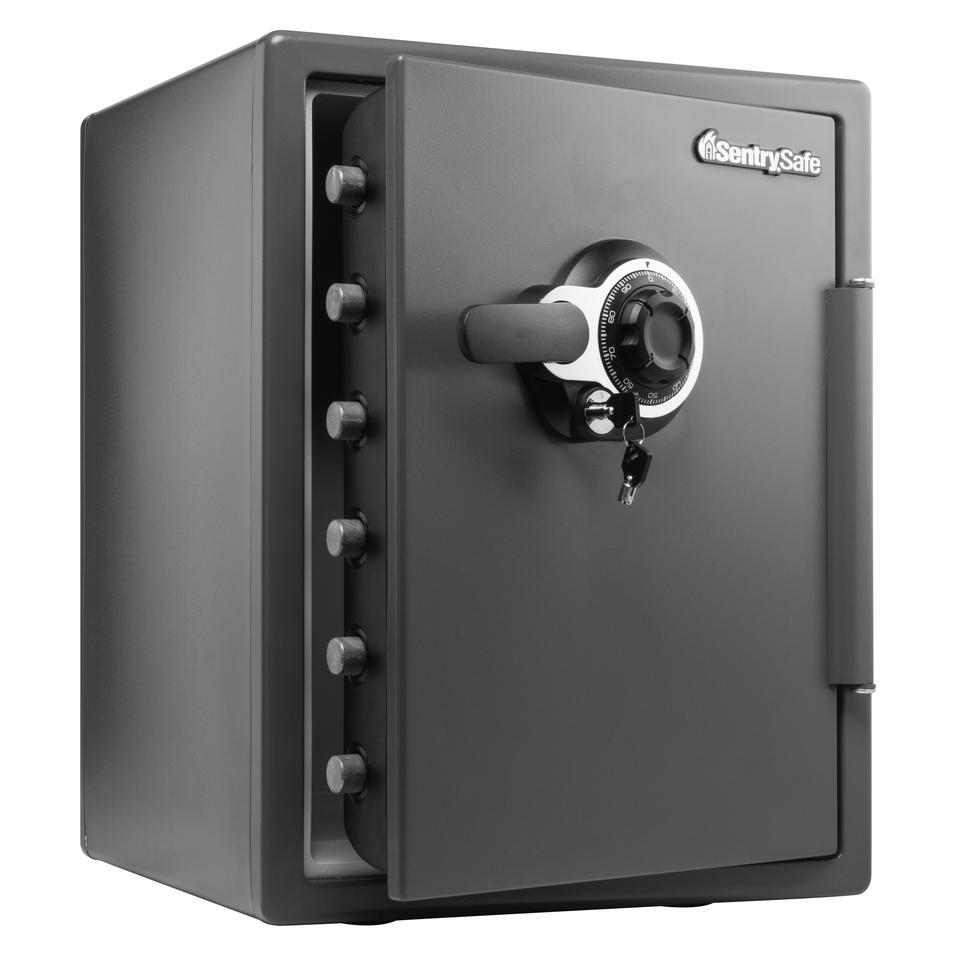
Selection depends on required boiling point and application. For lower temperatures (30–100°C), white gas (coleman fuel) can be used but it is volatile and flammable. Mid-boiling solvents like VM&P naphtha fit many uses with reasonable safety. Higher boiling range solvents like mineral spirits serve for tougher dissolutions.
Summary of Safer Non-Polar Solvent Options

| Solvent | Boiling Range (°C) | Hazard Notes |
|---|---|---|
| Heptane | 98–100 | Moderate flammability, low toxicity |
| Kerosene | 150–300 | Flammable, low vapor toxicity |
| Mineral Spirits | 150–200 | Moderate flammability and toxicity |
| VM&P Naphtha | 120–180 | Flammable but moderate toxicity |
Key Takeaways
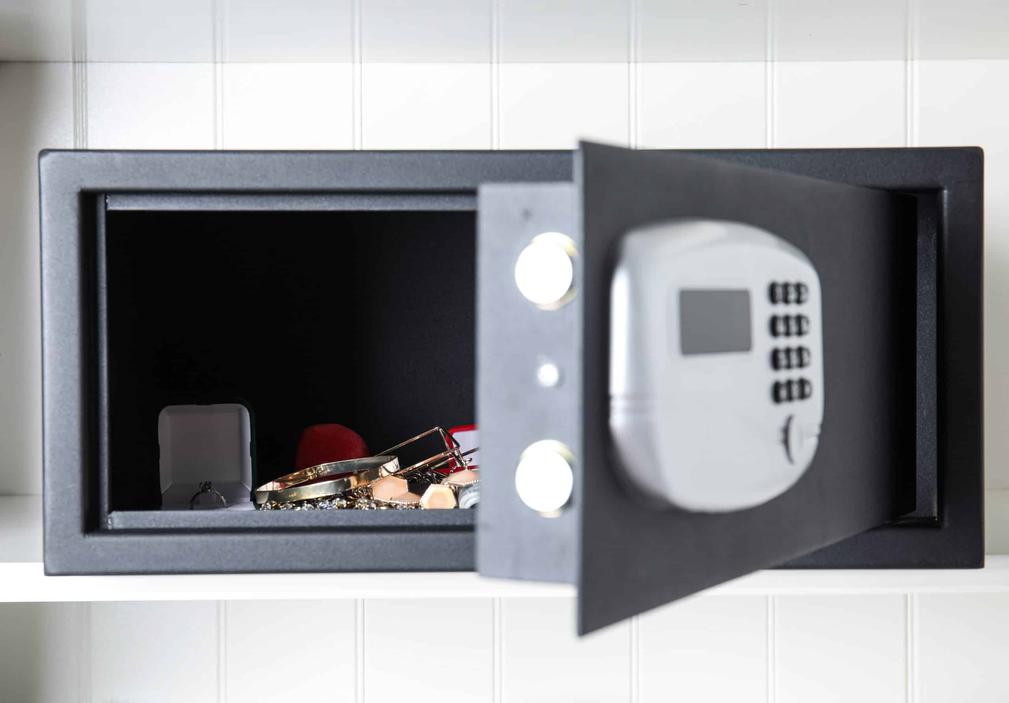
- Heptane and kerosene provide safer non-polar solvent choices with manageable hazards.
- Hydrocarbon solvents are flammable but generally less toxic than chlorinated solvents.
- Aromatic solvents like toluene and xylene have higher toxic risks and odors.
- Solvent choice depends on boiling point needs and toxicity balance.
- Polar solvents (e.g., acetone) are safer but not strictly non-polar.
Do You Know of Any Good Non-Polar Solvents That Aren’t Very Hazardous?
Yes, there are several good non-polar solvents that strike a balance between effectiveness and safety, such as heptane, hexane, cyclohexane, mineral spirits, and VM&P naphtha. These solvents tend to be less toxic but often flammable, so mindful handling is key. Now, let’s dive into the world of non-polar solvents with a friendly guide on which ones work well without making you panic about hazards.
Non-polar solvents play a huge role in chemistry, industry, and even your DIY projects. They dissolve oils, fats, and other hydrophobic substances due to their minimal polarity. But with great dissolving power comes great responsibility—because many non-polar solvents flirt with hazards like toxicity, flammability, or nasty odors. How do you pick a solvent that’s effective but won’t send up too many red flags?
Common Non-Polar Solvents and Their Hazards: A Mixed Bag
Let’s kick off by exploring some usual suspects in the non-polar solvent lineup and what their hazard profiles look like.
- Kerosene: Cheap and easy to get, kerosene is a familiar non-polar solvent with a relatively high boiling point. It’s handy but does come with fire risks and isn’t exactly a breath of fresh air.
- Hydrocarbon Solvents: Heptane and hexane are often praised for their non-polar character. Hexane, in particular, is a go-to solvent for chromatography when paired with ethyl acetate. Cyclohexane and VM&P naphtha (a petroleum distillate) round out this family. These hydrocarbons generally have lower toxicity but are quite flammable. If you’ve ever worked in a lab, you know the drill: ventilate well and keep flames away.
- Aromatic Hydrocarbons (Toluene and Xylene): They work, but toluene raises eyebrow questions for some, and xylene brings a stubbornly bad odor plus a higher boiling point. Not exactly the party guests you want lingering.
- Dichloromethane: This gem is not flammable but toxic enough to warrant caution. Its use is widespread in labs but usually with protective gear and ventilation.
So What About Toxicity and Polarity?
Non-polar solvents sit on a spectrum: some are truly non-polar, others are borderline. For example, acetone is classified as polar but often sneaks into applications needing a less polar solvent. Its charm? It’s cheap, effective, and relatively non-toxic—though it can be a tad flammable.
If health and safety top your list, ethanol and ethyl acetate shine. Both have some polarity but are on the safer side compared to harsh hydrocarbons. Diethyl ether is another option—non-toxic and cheap—but extremely volatile and flammable. Usually, it’s reserved for those who can handle its excitable nature carefully.
Application Matters: Matching Solvents to Tasks
Choosing the right solvent isn’t just about toxicity or polarity; boiling point matters. For campers packing light, something like Coleman white gas (boiling between 30-100°C) fits low-boiling applications. Mid-range boiling points suit VM&P naphtha (roughly 120-180°C), and mineral spirits handle higher temperatures (150-200°C). This spread lets you pick a solvent that’s tailor-made for your job, whether it’s cleaning, extraction, or chromatography.
For chromatography aficionados, pairing hexane with ethyl acetate is a classic combo. Hexane’s low polarity makes it efficient, and ethyl acetate balances things out with moderate polarity—enabling a practical system for separating compounds without overly hazardous solvents.
Why Avoid Certain Solvents (Or Use Them With Care)?
- Dichloromethane: It doesn’t catch fire easily, a plus, but its toxicity can cause headaches and worse. Handle with gloves and outside if you must.
- Diethyl Ether: Despite its non-toxicity, it’s volatile and flammable to a nervous degree. Not the friendliest companion in a crowded room.
- Xylene: Its stink alone is a dealbreaker for many. Plus, the high boiling point means it lingers longer, messing with both work pace and air quality.
Summing It Up—Your Cheat Sheet to Good, Safer Non-Polar Solvents
| Solvent | Hazard Level | Boiling Point (°C) | Recommended Usage |
|---|---|---|---|
| Heptane | Low toxicity, flammable | 98 | Chromatography, general non-polar solvent |
| Hexane | Low toxicity, flammable | 69 | Chromatography with ethyl acetate |
| Cyclohexane | Low toxicity, flammable | 81 | Laboratory work, extraction |
| VM&P Naphtha | Moderate toxicity, flammable | 120-180 | Mid-boiling solvent for cleaning, degreasing |
| Mineral Spirits | Low toxicity, flammable | 150-200 | Paint thinner, cleaning high boiling solvent |
| Acetone (Polar) | Relatively non-toxic, flammable | 56 | Versatile solvent, cleaning |
| Ethyl Acetate (Polar) | Low toxicity, flammable | 77 | Chromatography, flavorings |
| Ethanol (Polar) | Relatively safe, flammable | 78 | Disinfectant, solvent |
A Bit of Personal Wisdom and Practical Tips
Having worked with these solvents, here’s a nugget: always match your solvent choice to the task at hand but never ignore safety. Hydrocarbon solvents like hexane and heptane are excellent for general use. Their flammability means you should keep sparks away, but their lower toxicity compared to aromatic solvents (toluene, xylene) makes them friendlier in many setups.
For projects that lean toward safer, somewhat polar options, ethanol or ethyl acetate are solid picks. They won’t dissolve everything a non-polar solvent can, but you pay for that with peace of mind. And yes, acetone’s polar nature doesn’t stop it from being a household hero; it’s cheap and effective with a tolerable safety profile.
Ever wondered why some people still reach for dichloromethane or diethyl ether? Pure performance. But the safety precautions for these are strict—and understandable. When you genuinely need non-flammable solvents, dichloromethane shines, but it pays to be cautious.
Closing Thoughts: Choosing Smartly
Do you really need a non-polar solvent that’s both effective and low on hazards? Absolutely. It’s possible by leaning toward hydrocarbons like heptane, hexane, or cyclohexane—and by considering application-specific boiling points so you don’t overreach. Pair these with safer polar solvents where possible. Avoid clouding your workspace with foul odors or invisible toxins by steering clear of xylene or tightly controlling dichloromethane.
So, next time you’re picking your liquid partner, remember: safety and suitability win the race. Non-polar solvents that aren’t very hazardous do exist. You just need to know where to look and how to handle them—no explosions or headaches necessary!
What are some safer non-polar solvents for general use?
Hexane and heptane are common choices. They are less toxic but quite flammable. Naphtha VM&P and kerosene are options too, but their boiling points differ.
Is dichloromethane a safe non-polar solvent?
Dichloromethane is not flammable but has higher toxicity. It requires careful handling despite being useful as a non-polar solvent.
Can toluene or xylene be considered safe non-polar solvents?
Toluene and xylene work as non-polar solvents. However, xylene has a strong odor and a high boiling point, which may limit its use.
Are there low-toxicity alternatives to typical hydrocarbon solvents?
Acetone is often used but is polar. Ethanol and ethyl acetate are safer, with moderate polarity, and lower toxicity compared to many hydrocarbons.
How does solvent boiling point influence the choice of non-polar solvent?
Boiling points vary: Coleman white gas for low (30-100°C), VM&P naphtha mid (120-180°C), and mineral spirits for higher ranges (150-200°C). Choice depends on your specific needs.


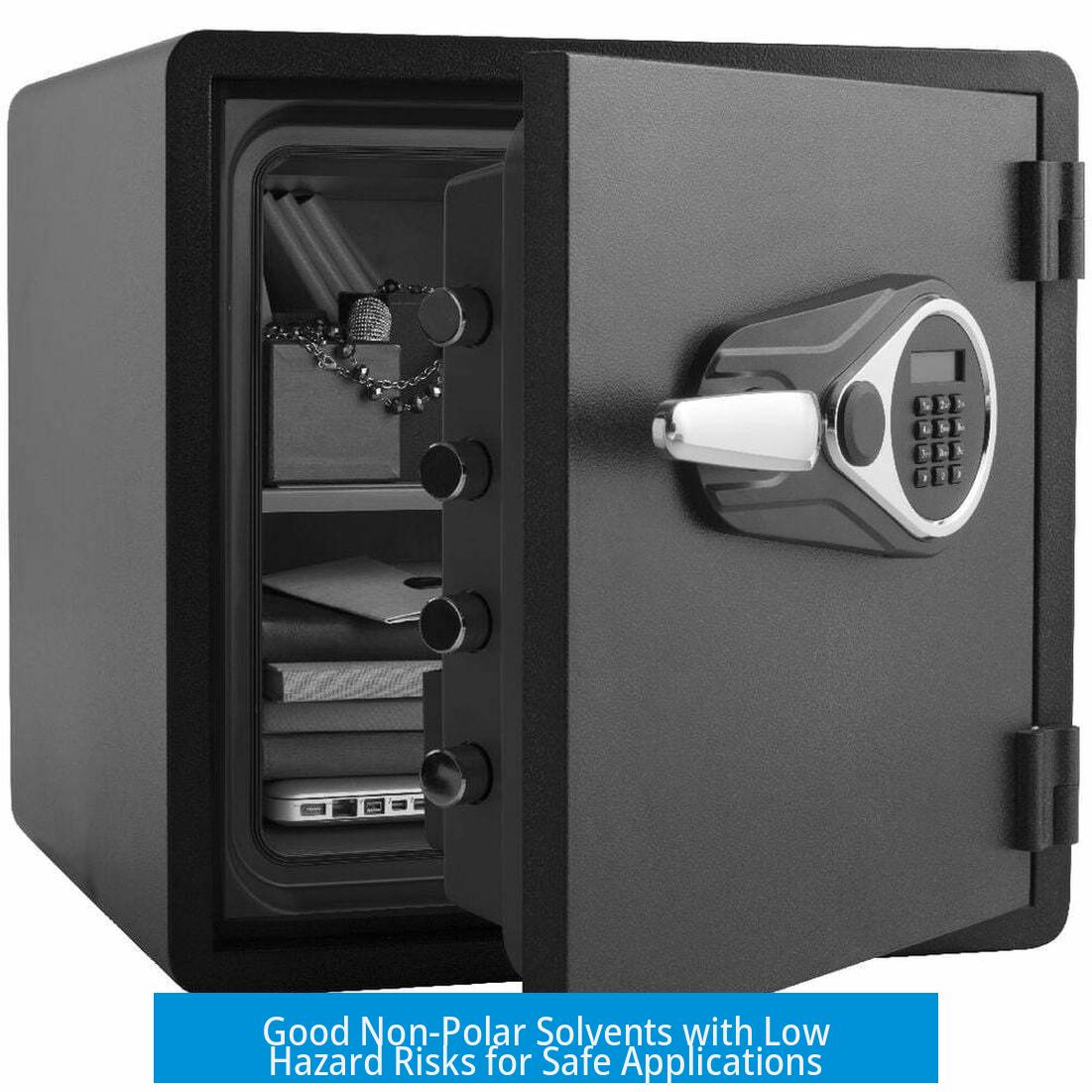

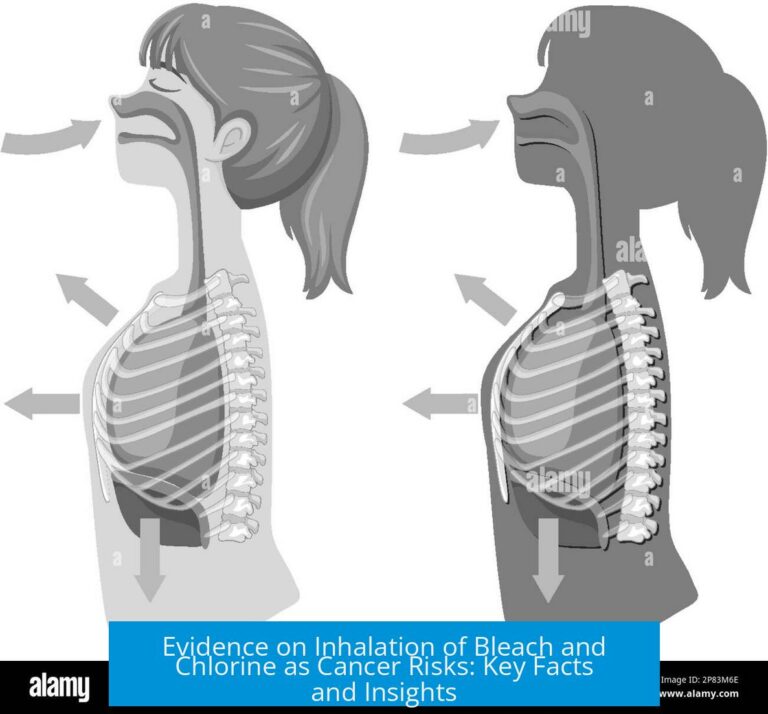
Leave a Comment